What is a Dovetail?
A dovetail (also known as a "dovetail") is a type of carpentry joint in which mutually matching, trapezoidal "tails" and "sockets" are cut into two pieces of wood. This allows the pieces to be joined at right angles without the use of additional fasteners. The name comes from the shape of the wedges, which resemble the spread wings of a swallow.
Why is the Dovetail So Popular?
- Strength – Thanks to its unique geometry, the dovetail is one of the most durable carpentry joints. It is resistant to stretching and works perfectly in places exposed to high stress, such as drawers, chests or various types of furniture.
- Aesthetics – This combination not only provides functionality, but also serves as a decorative element. The precisely made dovetail attracts the eye and emphasizes the carpenter's craftsmanship.
- Tradition – This technique is passed down from generation to generation. For many carpenters, mastering the art of making dovetails is an important step in their professional and artistic development.
Types of Dovetails
- Classic Dovetail – The most popular variant, often used to connect the sides of drawers and chests. The trapezoidal shape ensures a stable and durable connection.
- Blind dovetail – Used in situations where the joint is to be invisible from the outside. The wedges are hidden inside the material, which provides an elegant look to the furniture.
- Semi-blind dovetail – Used in drawer constructions where the front remains smooth and the joint is only visible when opened.
How to Make a Dovetail?
- Design – First, the number and size of wedges should be determined. Their even distribution and proper proportions (e.g. angle of the walls from 1:6 to 1:8) affect both aesthetic values and mechanical strength.
- Marking – Accurately marking the cutting line is key to success. This is done using a carpenter’s knife or sharp pencil and a protractor or specialist carpentry tools (e.g. a “dovetail marker”).
- Cutting – Wedges can be cut by hand using a Japanese saw or other precision saws. Alternatively, a router with a suitable cutter and guide (a so-called “dovetail jig”) can be used.
- Fitting and assembly – After cutting, the pieces are fitted together and possibly corrected with small tools such as chisels or sandpaper. The joint can then be glued and pressed.
Contemporary Application
Despite the development of technology and the availability of carpentry machines, the hand-made dovetails are still highly valued. They are proof of craftsmanship and attention to detail. In the high-end furniture industry, dovetails are often found, especially in the production of exclusive drawers or chests that combine modern design with traditional techniques.
Trivia
- Ancient Roots – The dovetail has been known since ancient times. Egyptians used this type of joint in the construction of chests and sarcophagi, as evidenced by finds from pyramids and tombs.
- Verification of craftsmanship – In some carpentry schools and craft workshops, making perfect dovetails is one of the main tests of the skills of future masters.
- Machine precision vs. hand-made – Although there are specialized milling machines and jigs for making dovetails, many craftsmen prefer traditional, hand-made techniques. Hand-made joints give furniture a unique character and are a symbol of the highest quality.
- Angles and proportions – In carpentry practice, specific proportions are often used to determine cutting angles (e.g. 1:6, 1:7 or 1:8), thus influencing the aesthetics and strength of the joint.
- The Gold Standard in Drawers – Dovetails are widely considered the standard in high-end drawers. They ensure that the drawer remains stable for a long time, even when opened and closed frequently.
Summary
A dovetail is not only a durable wood connection, but also a symbol of tradition, aesthetics and carpentry craftsmanship at the highest level. Despite the development of advanced technologies and power tools, hand-cutting dovetails still remains an art appreciated by professionals and DIY enthusiasts. A precisely made connection is both a decoration of the furniture and a confirmation of the carpenter's mastery - it is this unique blend of functionality and beauty that makes dovetails practiced and admired for centuries.












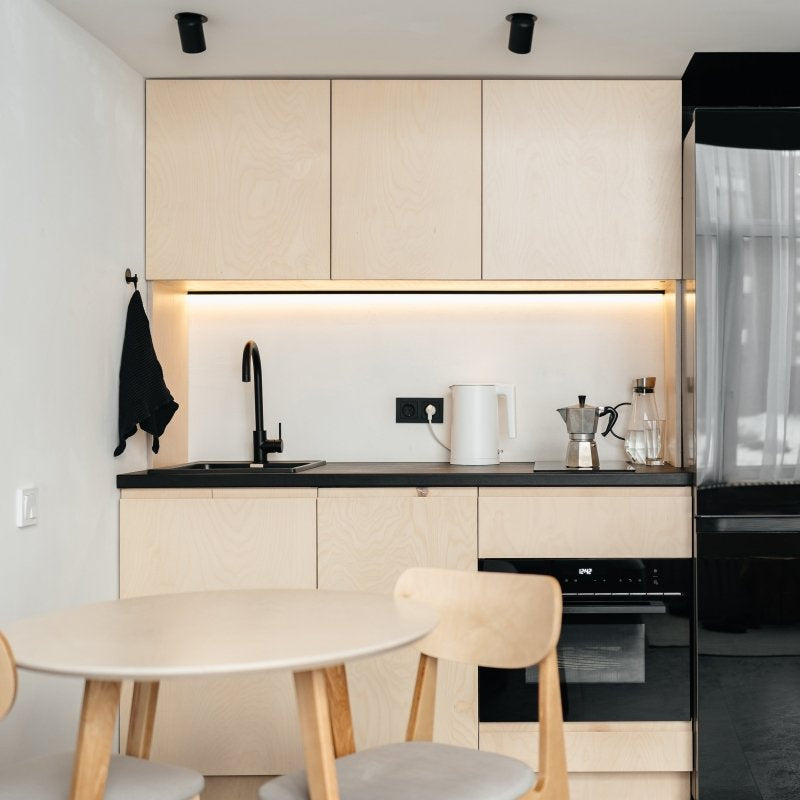





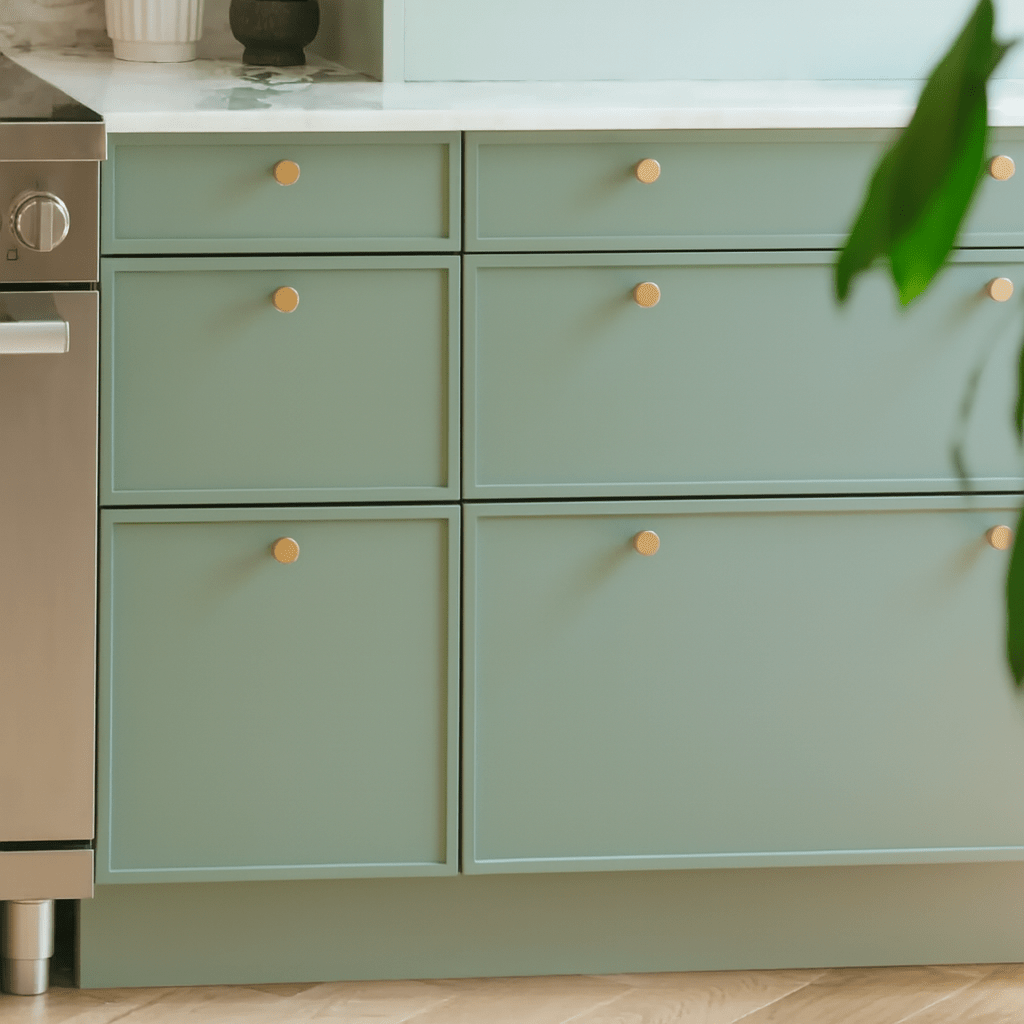









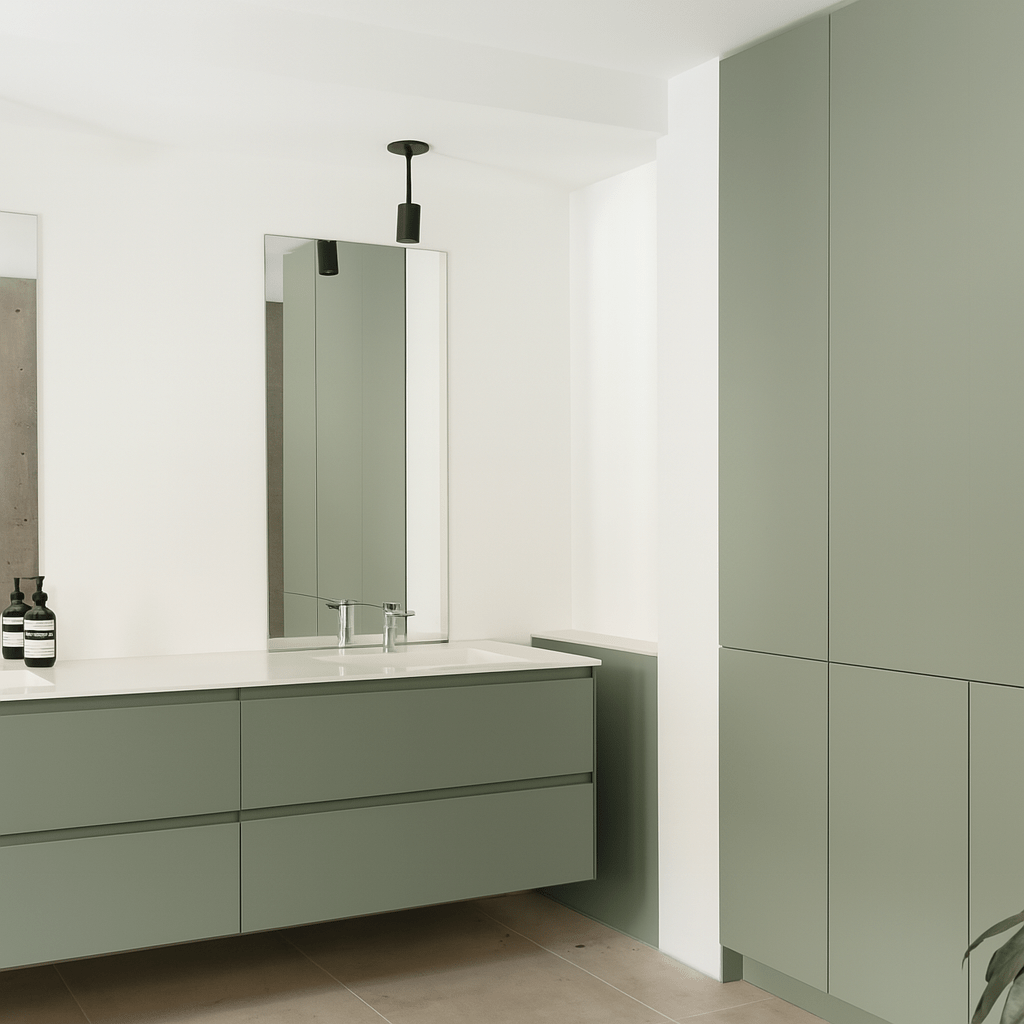






























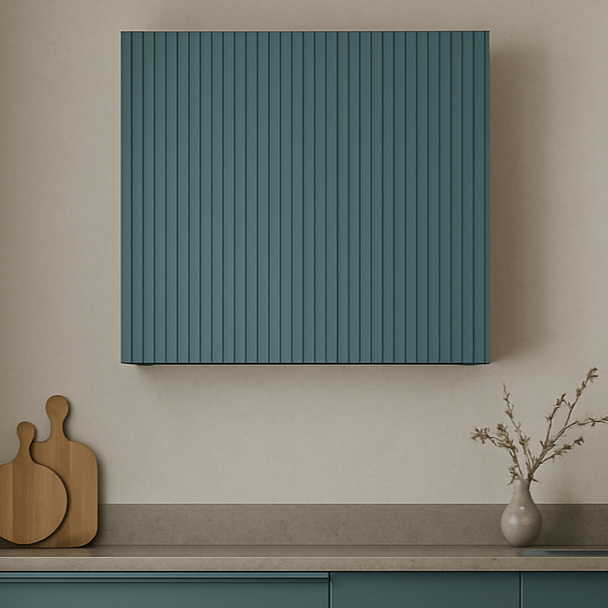








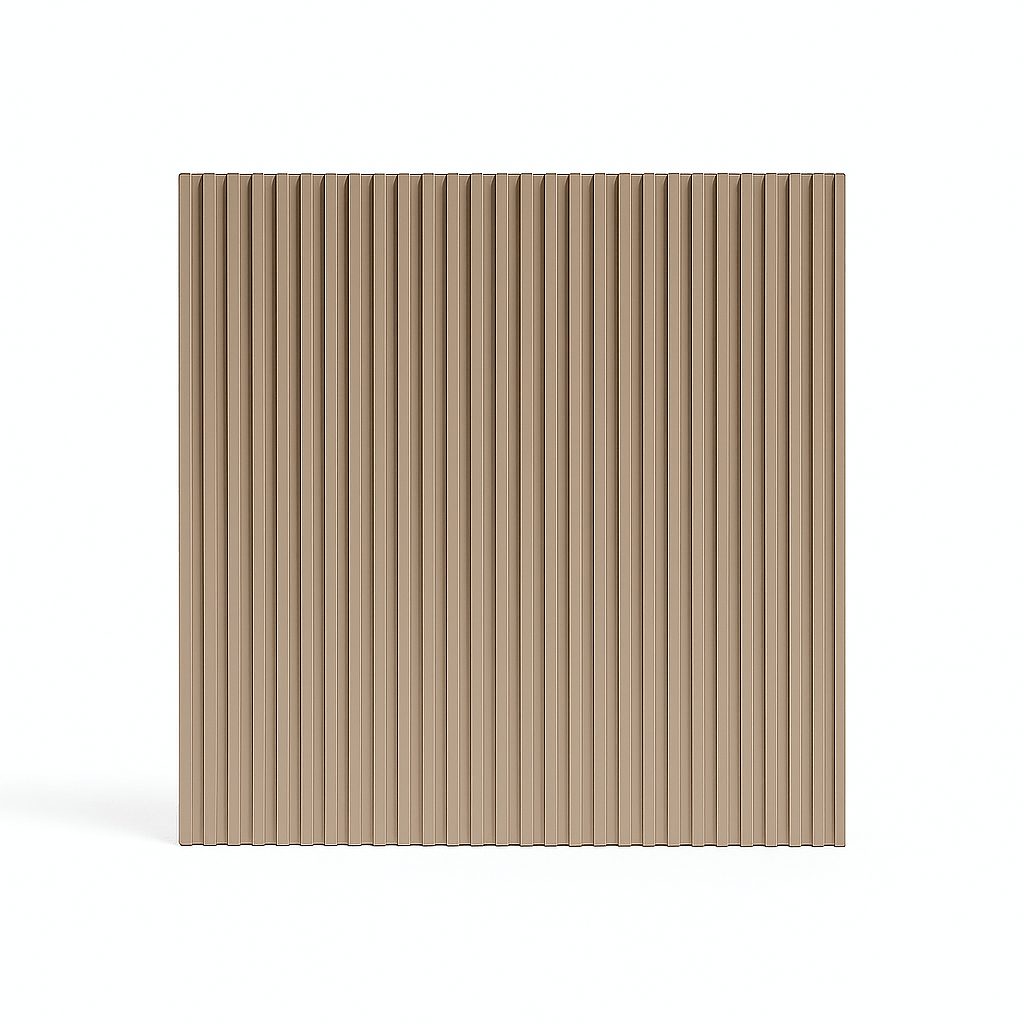

0 comments